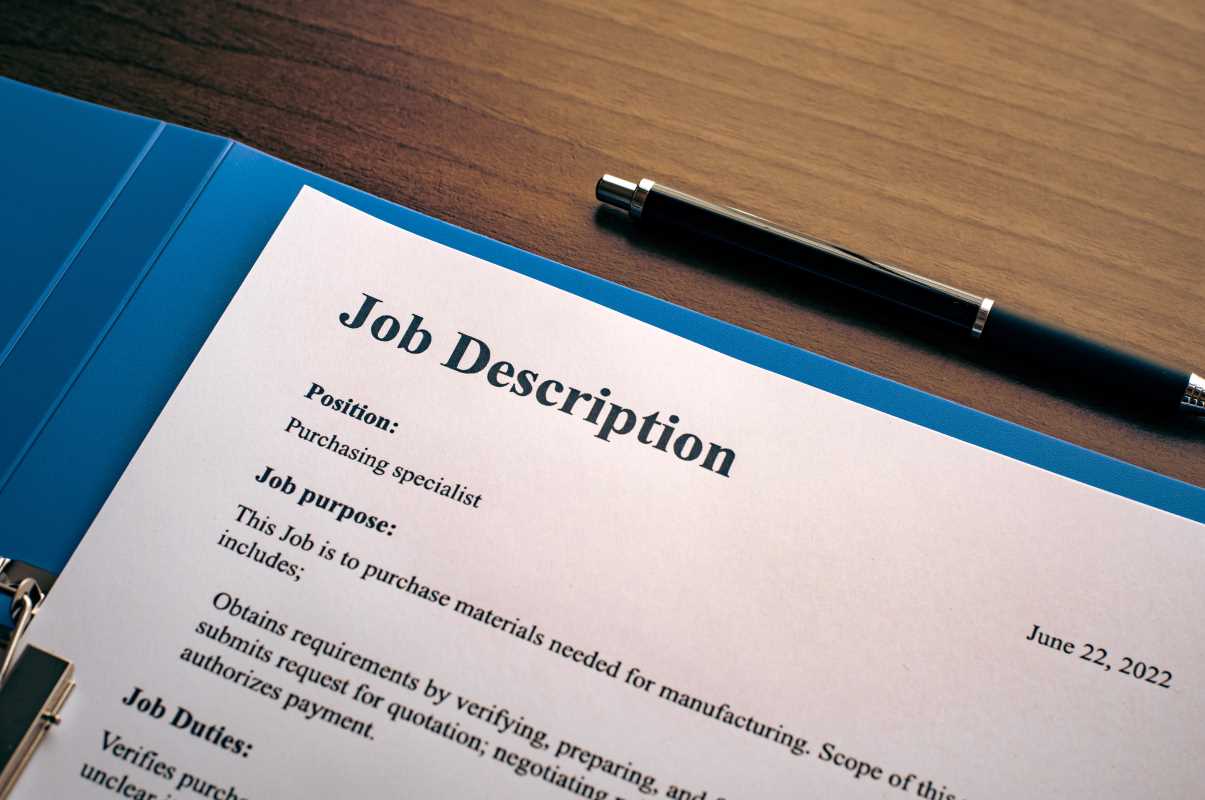A job description is often the very first interaction a potential candidate has with your company. For many organizations, it’s treated as a dry, administrative document—a checklist of duties and a long list of required qualifications. But this is a huge missed opportunity. A job description isn't just a functional list; it's a marketing document. It’s your first and best chance to sell the role, the team, and the company culture to the exact person you want to hire. A boring, jargon-filled, or overly demanding job description can actively discourage great candidates from even applying. To attract top talent, you need to stop thinking like a clerk writing a memo and start thinking like a marketer crafting a compelling story. Let's explore how to transform your job descriptions from a chore list into a powerful magnet for the right people.
Ditch the Corporate Jargon
One of the fastest ways to make a candidate's eyes glaze over is to fill your job description with corporate buzzwords and internal acronyms. Phrases like "synergize with cross-functional teams," "leverage core competencies," or "facilitate paradigm shifts" mean very little to an outsider. They are vague, overused, and make the job sound like a parody of office life. Instead, use clear, simple, and direct language to describe what the person will actually be doing. Instead of saying you’re looking for a "results-driven ninja," describe the results you want them to achieve. Instead of asking for a "rockstar," explain the specific challenges they will be tackling. Speak like a human, not a corporate robot. A conversational and authentic tone is far more inviting and gives candidates a much clearer picture of the role and the company's personality. Remember, you're trying to start a conversation, not pass a corporate vocabulary test.
Lead with the "Why," Not Just the "What"
Most job descriptions jump straight into a long list of responsibilities and qualifications. This approach completely misses the most important question on a candidate's mind: "Why should I want this job?" Top performers aren't just looking for a list of tasks to complete; they are looking for meaningful work where they can make an impact. Start your job description with a compelling introduction that answers this question. Talk about the company's mission and the problem you are trying to solve. Explain how this specific role fits into that larger picture. For example, instead of starting with "The Senior Accountant will be responsible for...", try something like, "Our finance team is the backbone of our mission to provide clean energy solutions, and we're looking for a Senior Accountant to help us manage our growth and make a real difference." By leading with purpose, you attract candidates who are motivated by more than just a paycheck.
Write a Realistic "Requirements" List
The qualifications section is where many great candidates are unnecessarily filtered out. It's common for hiring managers to create a "purple squirrel" wish list, demanding ten years of experience, a master's degree, and expertise in five different software platforms for a mid-level role. This often backfires. Research shows that men will apply for a job when they meet only 60% of the qualifications, while women and other underrepresented groups tend to apply only if they meet 100% of them. An impossibly long list of requirements will scare away diverse and perfectly capable candidates who feel they don't check every single box. Work with the hiring manager to distinguish between the absolute must-haves and the nice-to-haves. Clearly separate these on the job description. Being transparent about what is truly essential versus what can be learned on the job will dramatically expand your pool of qualified applicants.
Show, Don't Just Tell, About Your Culture
Every company claims to have a "great culture," but the phrase has become meaningless. Instead of using generic terms like "fast-paced environment" or "work-hard, play-hard culture," provide concrete examples that bring your culture to life. What does your culture actually look and feel like? Do you have weekly team lunches? Do you offer flexible work hours or remote work options? Do you have dedicated "no-meeting Fridays" to encourage deep work? Mentioning specific perks, rituals, or benefits gives candidates a tangible sense of the work environment. You can also include a quote from a current team member about what they enjoy about working there. This kind of specific detail is far more convincing than empty platitudes and helps candidates determine if they would truly thrive in your environment.
Define What Success Looks Like
A great job description sets clear expectations from the very beginning. One of the most effective ways to do this is to include a section that describes what success would look like in the role after the first 30, 60, or 90 days. This helps the candidate visualize themselves in the position and understand the immediate priorities. For example, "In your first month, you will have taken ownership of our weekly reporting process. By three months, you will have identified and implemented one improvement to that process. By six months, you will be training a new team member." This approach does two things. First, it gives a very clear picture of the job's trajectory and key objectives. Second, it demonstrates that you have a thoughtful onboarding plan and are invested in setting your new hire up for success. It shows you're not just hiring someone to fill a seat, but to achieve specific, meaningful goals.
Make It Easy to Read and Scan
No one is going to read a giant wall of text. The best candidates are often busy people who are scanning job descriptions quickly to see if they are a potential fit. Structure your posting for maximum scannability. Use clear, descriptive headings to break up the different sections. Keep your sentences and paragraphs short and to the point. While you should avoid bullet points for the main descriptive paragraphs, using them strategically for lists of responsibilities or qualifications can make the information much easier to digest. Think about the visual layout. Is there enough white space? Is the font easy to read? A clean, well-organized job description respects the candidate's time and makes the information accessible, increasing the chances that they will read through the entire post and decide to apply.







